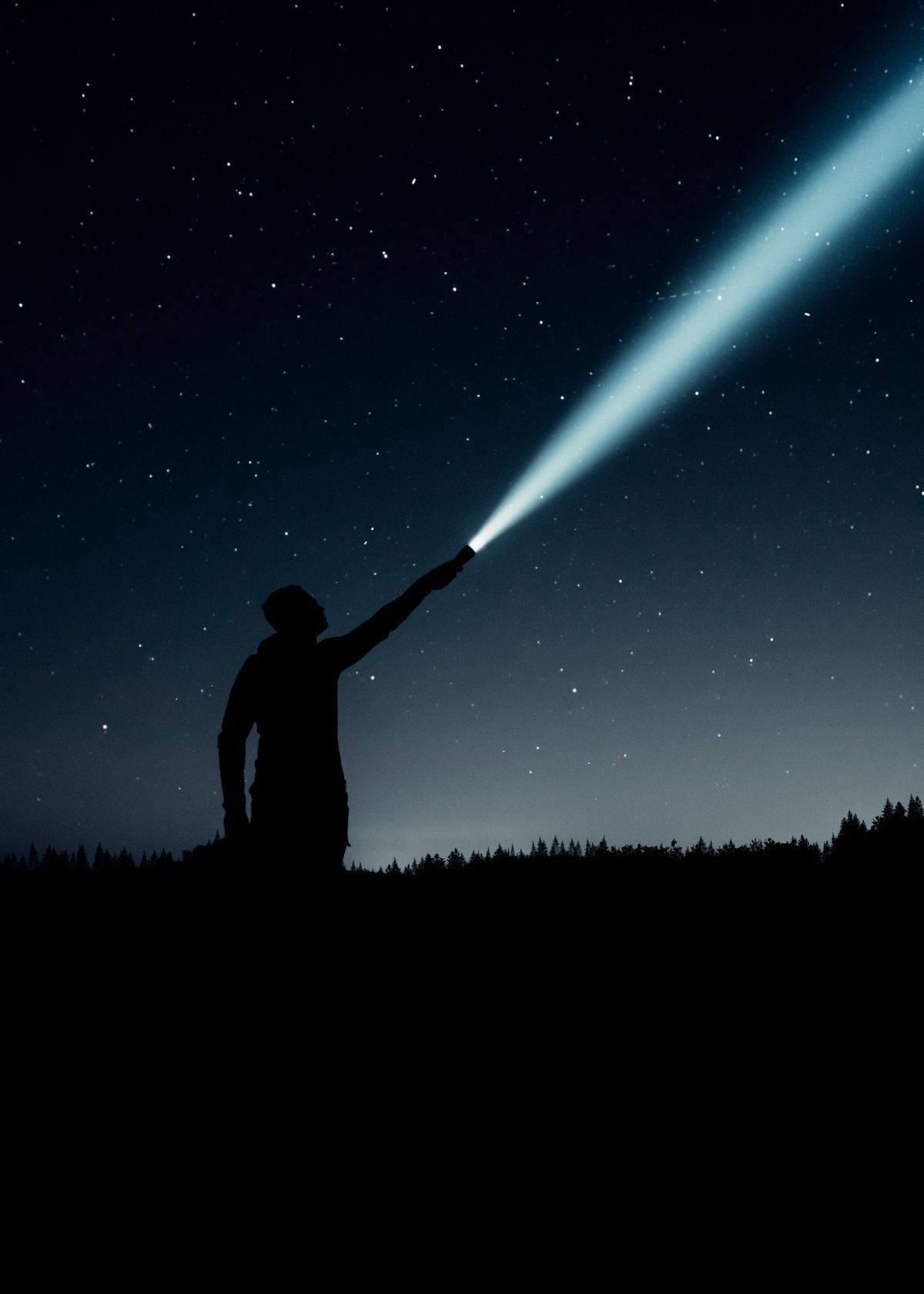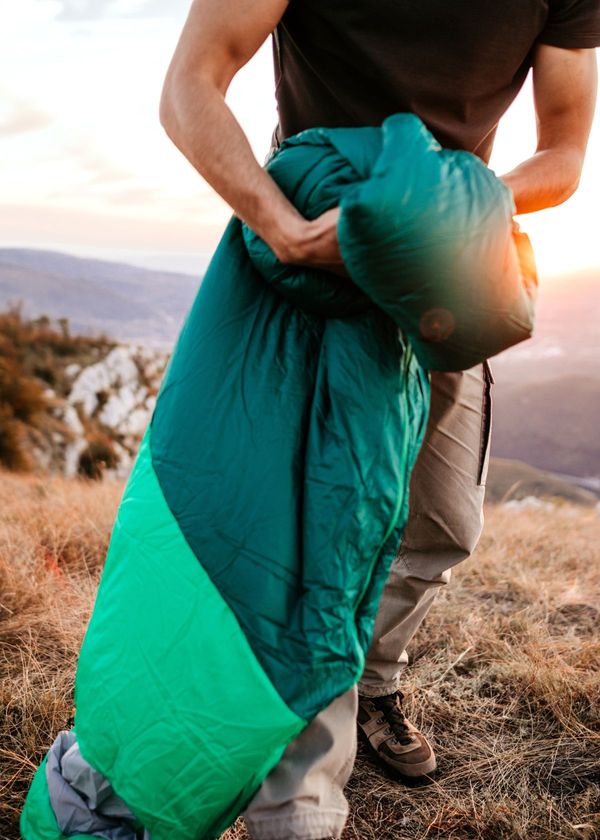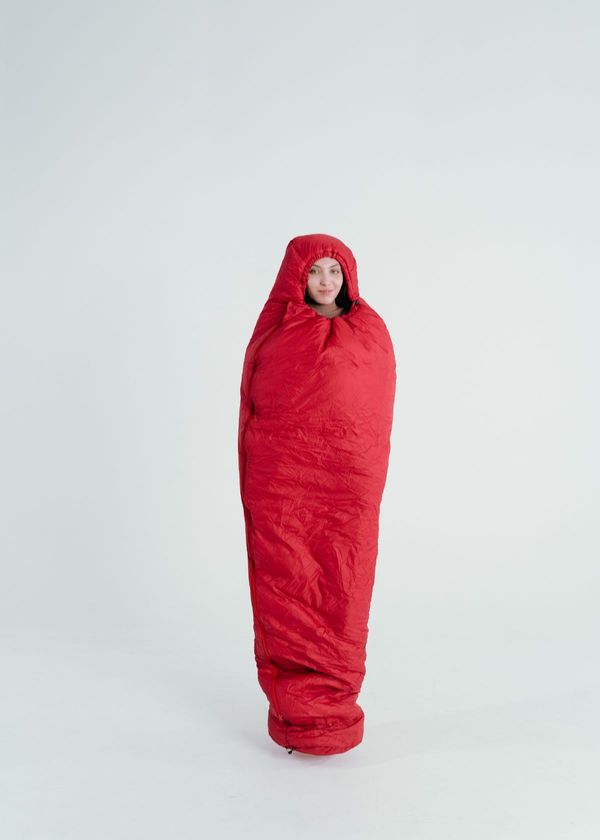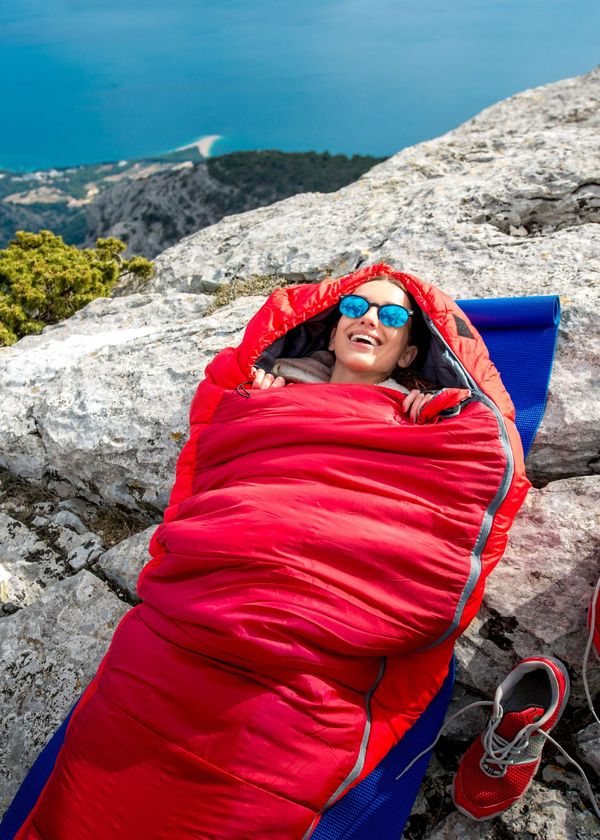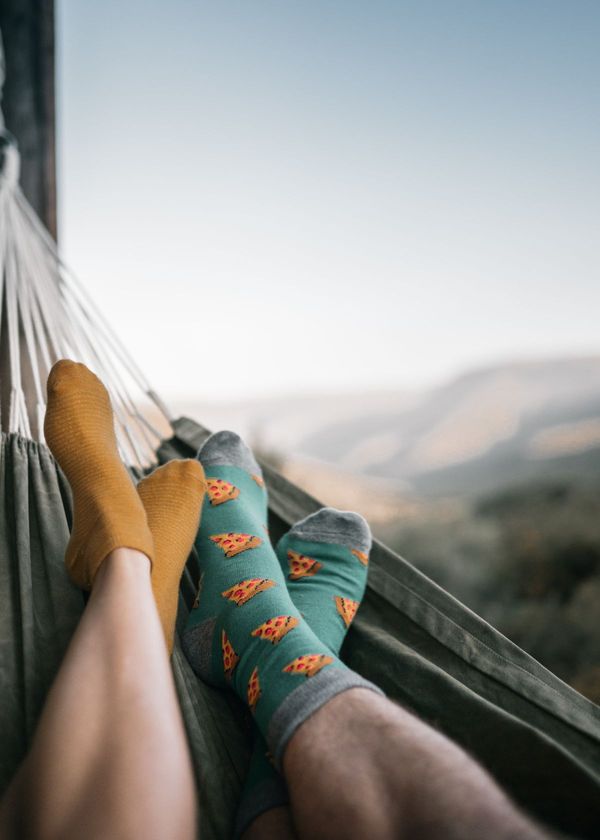A flashlight, also known as a torch, is a portable hand-held device that produces light by means of a bulb or LED. It is an essential tool that we use in our daily lives and provides us with a source of light in the dark. Flashlights come in different shapes, sizes, and forms and have evolved over the years to include advanced features such as rechargeable batteries, adjustable brightness levels, and even waterproof capabilities.
For centuries, humans have sought ways to light their way in the dark, whether it was by using fire, lanterns, or candles. With the invention of the small flashlight in the late 19th century, a new era of portable and practical lighting began. The first portable electric lamp powered used incandescent bulbs powered by dry cell batteries and were primarily used by law enforcement and military personnel. Today, portable electric light is used by people from all walks of life, from outdoor enthusiasts and campers to emergency responders and electricians.
History of the Flashlight
A small electric light, also known as a flashlight, is a portable hand-held device used to illuminate dark spaces. It is one of the most common and useful tools for daily life, providing a convenient source of artificial light for tasks such as camping, emergencies, and power outages.
Early Developments
The earliest form of a small portable electric lamp dates back to the late 19th century and was called a “dark lantern.” This device consisted of a bulb powered by dry batteries and a reflector to direct the light. Over time, improvements were made to the design, making flashlights smaller and more convenient to carry.
Advancements in Technology
The invention of the dry cell battery in the late 1800s revolutionized the flashlight industry. This allowed flashlights to be made smaller and more portable, making them a popular tool for both personal and industrial use.
The development of incandescent bulbs, followed by the introduction of LED technology, further improved the performance and efficiency of flashlights.
Popular Uses
Flashlights have many uses and have become a necessary tool for outdoor enthusiasts, military personnel, and first responders. They are also commonly used for emergency preparedness, home repair, and general lighting needs.
With the advancements in technology, flashlights have become more versatile and now offer features such as adjustable brightness, strobe modes, and rechargeable batteries.
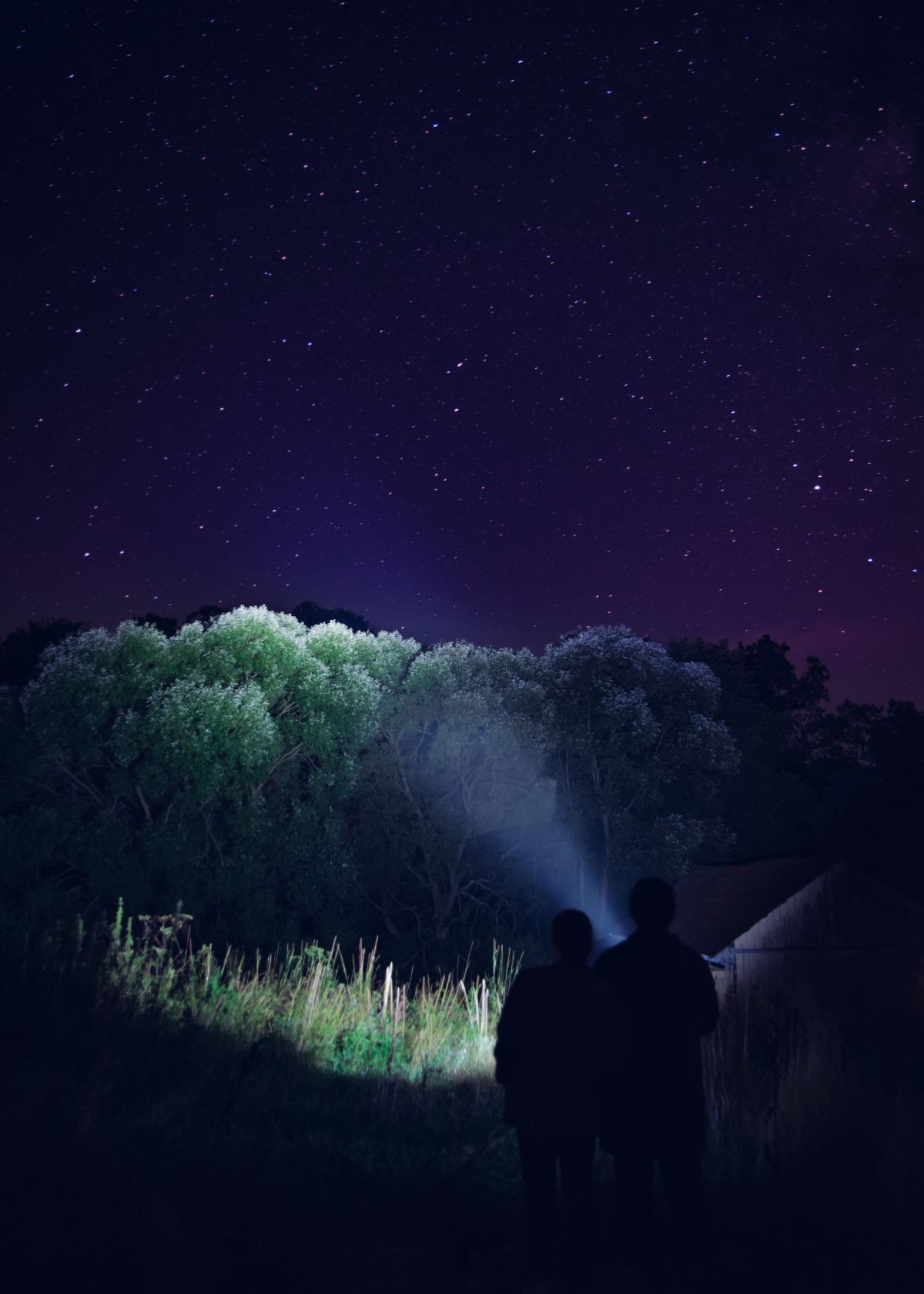
Types of Flashlights
Light up the dark with a flashlight beam of brilliance - that's the magic of flashlights! Whether hiking, camping, exploring or simply looking for something to light your way in the dark, a flashlight is an indispensable tool. But with so many different types of flashlights out there, it can be difficult to know which one is right for you.
This detailed note will explore the different types of flashlights available, their features, and the best uses for each type. So, buckle up and get ready to shine a light on the world of electronic flash unit!
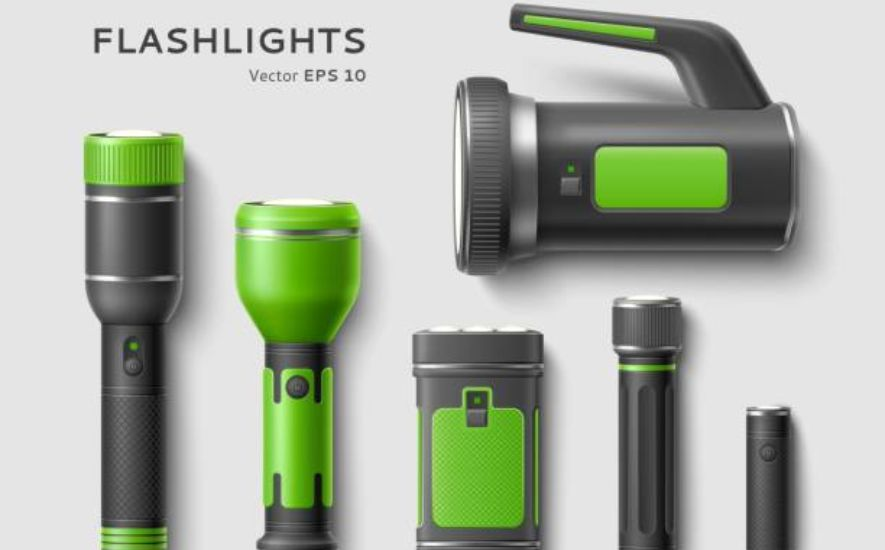
Incandescent Flashlights: The Classic Choice
Incandescent flashlights are the classic choice and have been around for a long time. These flashlights use a bulb filled with a gas, such as xenon or krypton, to produce light. They are typically inexpensive and easy to find, but they are not as bright or efficient as other types of flashlights.
LED Flashlights: The Bright and Efficient Choice
LED flashlights are the most popular type of flashlight on the market today. LED stands for Light Emitting Diode, and these flashlights use tiny semiconductors to produce light. LED flashlights are much brighter and more efficient than incandescent flashlights, making them an excellent choice for a wide range of applications.
Tactical Flashlights: The Durable and Powerful Option
Tactical flashlights are designed for rugged, heavy-duty use. These flashlights are built to withstand tough conditions and are often used by military personnel, law enforcement, and outdoor enthusiasts.
Tactical flashlights are typically made of tough materials like aluminum and have a strong, durable construction. They also often have a higher lumen output, making them ideal for self-defense and search and rescue operations.
Rechargeable Flashlights: The Convenient and Eco-Friendly Option
Rechargeable flashlights are a convenient and eco-friendly option. These flashlights use rechargeable batteries, so you don't have to keep buying new batteries. They are also often more energy efficient than other types of flashlights, making them a good choice for those who want to minimize their environmental impact.
Keychain Flashlights: The Tiny Generator but Mighty Option
Keychain flashlights are small and compact, making them an excellent choice for everyday carry. Despite their small size, these flashlights can pack a punch and are ideal for illuminating dark areas, finding lost items, and more. Keychain flashlights are typically inexpensive and easy to carry, making them a great choice for anyone who wants a convenient and reliable source of light.

Components of Flashlight
A flashlight is an essential tool for many outdoor activities and emergencies. It provides a convenient light source in the dark, making it easier to navigate, and see objects and signals in the distance. But have you ever wondered what makes a flashlight work?
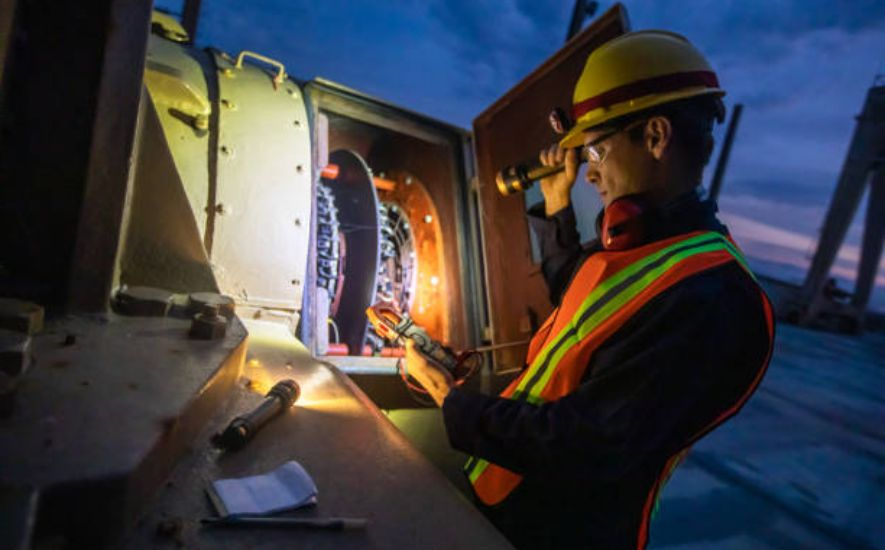
Battery
The battery is the power source of the extra flashlight. It stores energy that is used to power the bulb. Most flashlights use alkaline, lithium, and rechargeable batteries. The size and type of battery used in a flashlight determine how long it will last and how bright it will shine.
Bulb
The bulb is the component responsible for emitting light. It consists of a filament heated by the battery's electrical current to produce light. The bulb used in a flashlight can be either incandescent or LED. LED bulbs are more energy-efficient and longer-lasting than incandescent bulbs.
Reflector
The reflector is an important component that helps to focus the light emitted by the bulb. It is usually made of a reflective material, such as aluminum, and is placed behind the bulb to direct the light in a specific direction. This makes it possible to aim the light where it is needed, increasing the effectiveness of the flashlight.
Lens
The lens is the component that covers the bulb and protects it from damage. It also helps to shape and spread the light emitted by the bulb, making it more useful in a wider range of applications. The lens can be made of glass or plastic and can be clear or frosted to diffuse the light.
Switch
The switch is what allows the user to turn the flashlight on and off. It is typically located on the body of the flashlight and can be either a push-button or a twist-style switch. The switch is connected to the battery and the bulb and is used to control the flow of electricity to the bulb.
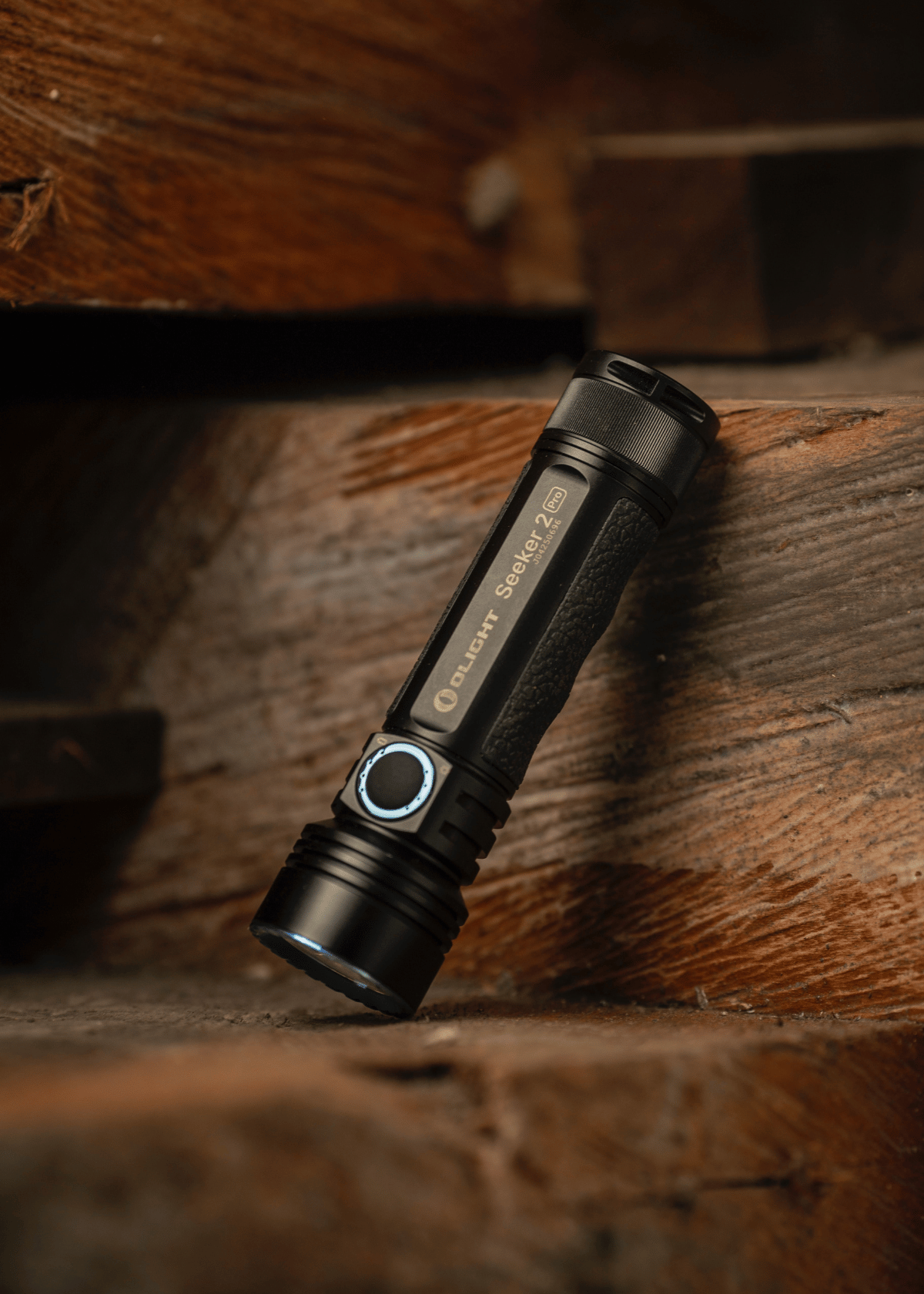
How a Flashlight Works
The invention of the flashlight has made our lives much easier, as it allows us to see in the dark and carry it with us wherever we go. But have you ever stopped to wonder how a flashlight works?
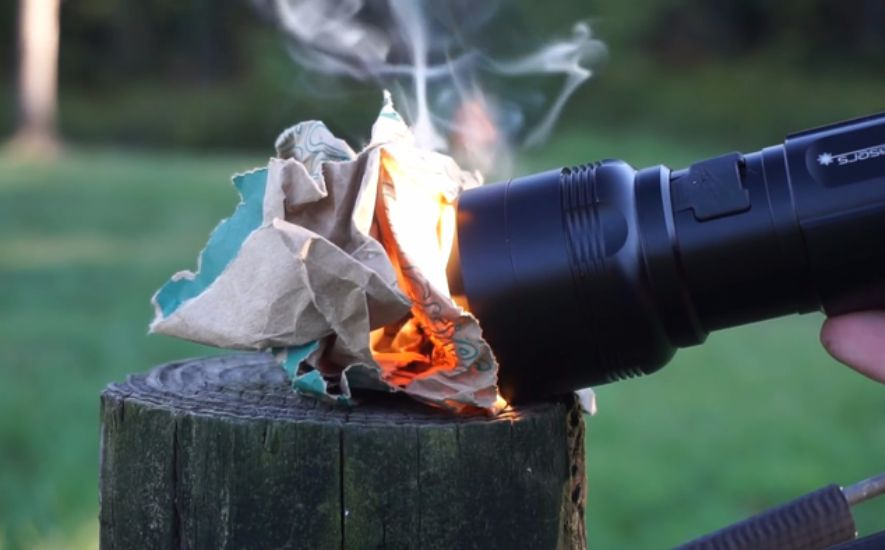
The Functioning of a Flashlight
A flashlight converts electrical energy stored in a battery into light energy. Here's how it works:
- The battery stores electrical energy, which can be converted into electricity by the battery's terminals.
- When the switch is turned on, electricity flows from the battery, through the switch, and into the bulb or LED.
- In a bulb, the flow of electricity heats up the filament, which emits light. In an LED, the flow of electricity creates a flow of electrons that emit light.
- The reflector and lens work together to direct and focus the beam of light forward, providing a bright and intense beam of light.
Uses of Flashlights
While its primary purpose may seem to simply be providing illumination, the uses of flashlights extend far beyond this simple function. From survival situations to everyday tasks, flashlights have proven to be indispensable tools for individuals from all walks of life.
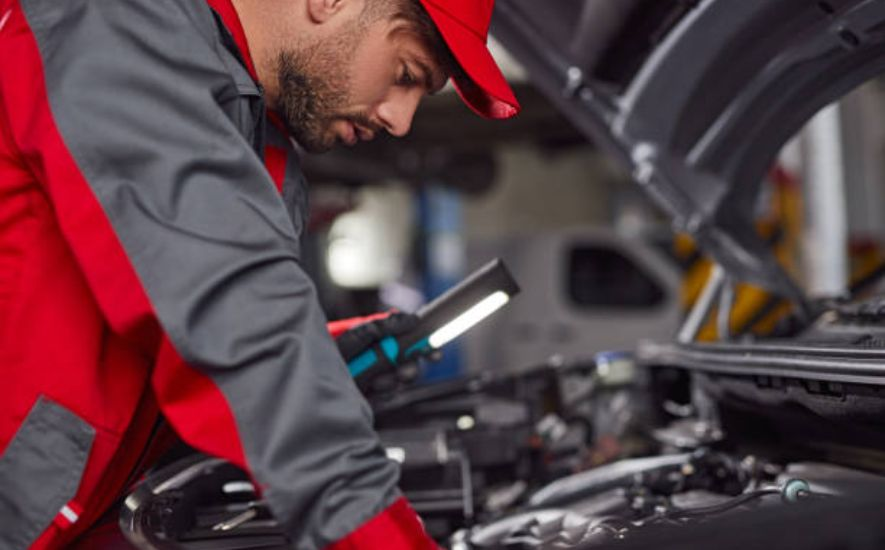
I. Emergency Situations
A flashlight can be a lifesaver in emergency situations such as power outages, car troubles, or natural disasters. Its compact size and portability make it always easy to carry with you, so you are always prepared for the unexpected.
II. Outdoor Activities
Whether you're camping, hiking, or fishing, a flashlight can come in handy in a variety of outdoor settings. Its bright light is emitted to navigate rough terrain, find your way back to camp after dark, or even signal for help in an emergency.
III. Home Repair and Maintenance
From checking for leaks in pipes to finding that pesky creaking floorboard, a flashlight is a must-have tool for any DIY enthusiast. Its bright light can shine in tight spaces and hard-to-reach places, making home repairs and maintenance tasks much easier.
IV. Law Enforcement and Military
Flashlights play a crucial role in law enforcement and military operations. Their brief bright light can be used to temporarily blind and disorient a suspect or to signal for backup in dangerous situations. Additionally, specialized flashlights with strobe or tactical settings can be used for self-defense.
V. Industrial Applications
In mining, construction, and industrial manufacturing industries, flashlights are often essential tools for workers. They can be used to inspect machinery, search for items in dimly lit areas, or provide light in dark and hazardous working conditions.
Factors to Consider when Buying a Flashlight
A flashlight is a useful tool that we use in various situations, be it in a dark corner of your home, while camping, or during power outages. With numerous options available in the market, choosing the right flashlight that suits your needs is essential.
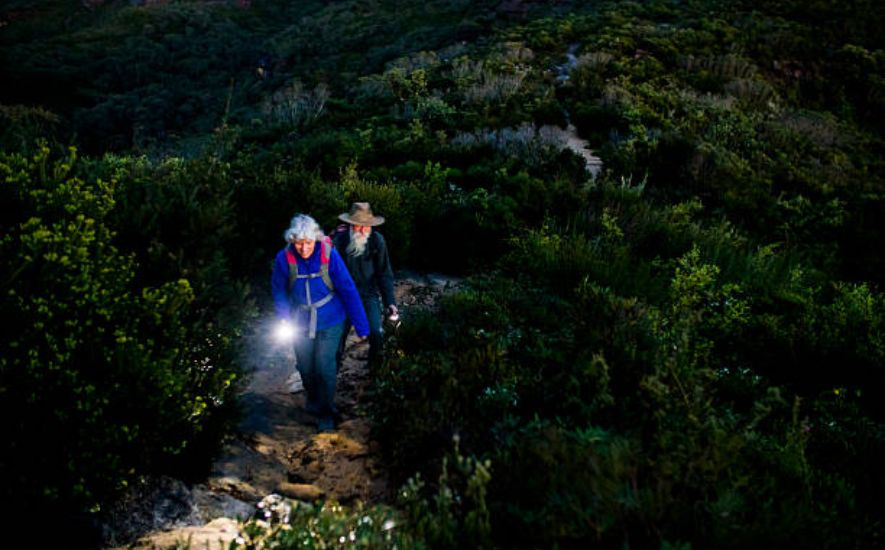
Brightness
The most important factor to consider when buying a flashlight is the brightness. The brightness of a flashlight is measured in lumens, and the higher the lumens, the brighter the light. The brightness you need depends on the task at hand.
Battery life
The battery life of a flashlight is another crucial factor to consider. You don't want to run out of power in the middle of your camping trip or while searching for something in a dark room. Make sure to choose a flashlight with a battery life that fits your needs and the type of activities you'll be using it for.
Durability
A durable flashlight is important, especially if you plan on using it in rough conditions. Consider flashlights made of high-quality materials, such as aircraft-grade aluminum, which can withstand impact and rough handling.
Size and weight
The size and weight of a flashlight are also important to consider, especially if you plan on carrying it with you on the go. A compact and lightweight flashlight is ideal for everyday carry, while a heavier and larger flashlight may be better suited for outdoor activities like camping.
Water-resistance
If you plan on using your flashlight in wet conditions, choosing one that's water-resistant is essential. Look for flashlights with an IPX rating, which indicates the level of protection against water.

Frequently Asked Questions (FAQs)
Here are the most common questions people have asked about the flashlights and their uses:
What is the definition of a flashlight?
A flashlight is a handheld portable device that produces light from a bulb or LED. The light is typically powered by batteries and can be turned on and off by pressing a switch. Flashlights are used as a source of illumination in dark places or in emergency situations where a power source is not available.
They are commonly used in outdoor activities such as camping, hiking, and fishing, as well as for everyday tasks such as finding objects in the dark or navigating a dark room.
What is a flashlight and what is it used for?
A flashlight is a portable device that illuminates your path and brightens the darkness with its light beam. It's a trusty companion, always ready to shed light on even the darkest nights, making it a valuable tool for indoor and outdoor adventures.
Whether you're camping, hiking, fishing, or need to navigate a dark room, a flashlight is your indispensable guide. The beam of light can be adjusted to match your needs, from a wide floodlight that illuminates a large area to a focused spotlight that pierces the darkness and guides you to your destination.
What are the properties of flashlights?
A flashlight, a device of seemingly simple design, is a tool of unparalleled versatility and utility. Its compact form belies its impressive range of properties, making it an indispensable item in any household, car, or backpack. With the flick of a switch, a beam of bright light is cast into the darkness, illuminating the path ahead and banishing the shadows.
The sturdy exterior and rugged construction of a flashlight make it resilient to damage, and its battery-powered operation ensures it can be taken anywhere, making it an essential tool for outdoor adventures, emergency situations, and power outages.
What are the sources of flashlights?
Flashlights come in all shapes and sizes and are powered by a variety of sources. Some flashlights are powered by traditional batteries, such as AA or AAA, while others are rechargeable and can be powered by a USB cable.
Some flashlights even have the ability to be hand-cranked, generating their own power through manual labor. For those who are looking for a more eco-friendly option, there are solar-powered flashlights that can be charged by the sun and store energy for later use.
Conclusion
In conclusion, a flashlight is more than just a tool that illuminates our way in the dark. It's a lighthouse beacon of hope in the unknown, a symbol of security in uncertain times, and a lifesaver in emergencies.
But beyond its practical uses, a flashlight can also spark the imagination, painting shadows and shapes on the walls and encouraging us to explore the world in new ways.
With its versatility and usefulness, the flashlight is a shining example of human ingenuity and a testament to the mind's limitless potential. So next time you reach for your flashlight, remember that it's not just a simple device but a window into the possibilities that lie ahead.


